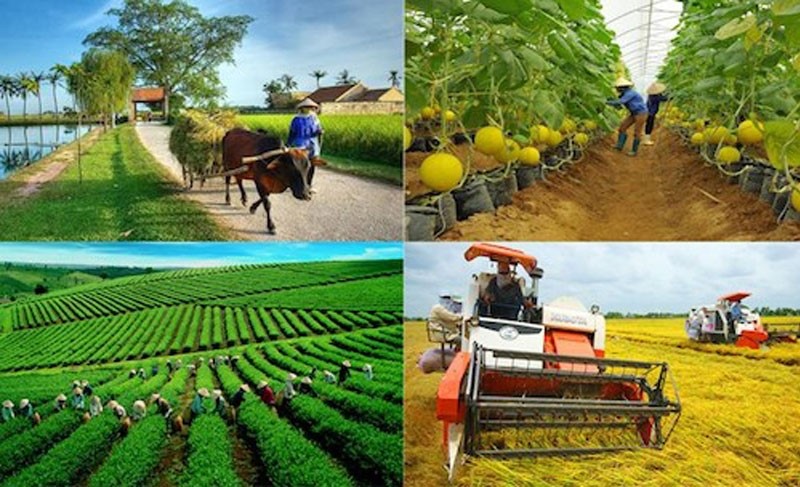
HARVESTING METHOD
METHODS OF HARVESTING, DRYING, AND STORING AGRICULTURAL PRODUCTS AFTER HARVEST
After completing the cultivation process, harvesting and preserving agricultural products play a crucial role in maintaining quality and commercial value. This process, commonly referred to as "post-harvest," directly affects costs, storage duration, and food safety.
To help farmers optimize their results, the following article will provide detailed guidance on harvesting, drying (or dehydrating), storage, as well as some considerations during transportation and consumption.
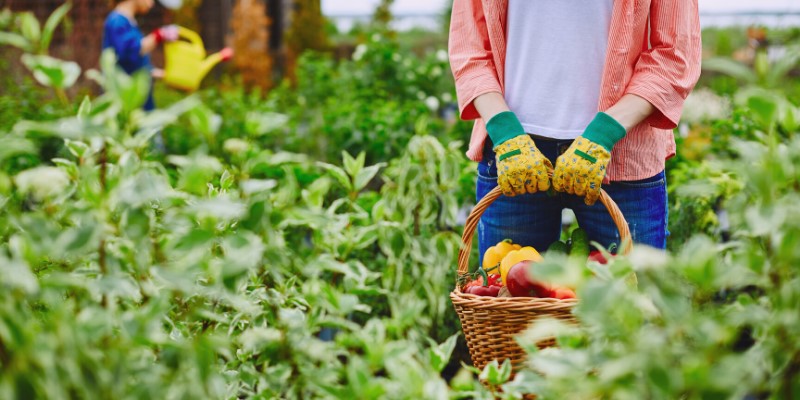
1. Why is the post-harvest process important?
- Preserving quality and nutritional value:
- Post-harvest products often continue the process of respiration; if not handled promptly, they will lose nutrients (vitamins, sugars, minerals) and are more susceptible to bacterial and fungal contamination.
- The quality of the skin, color, flavor, and moisture of agricultural products largely depends on the initial processing procedures.
- Enhancing market value:
- Properly processed, sorted, and packaged products will maintain their appearance, extend shelf life, and help achieve higher selling prices.
- Limit damage and crushing during transportation, increase the rate of products meeting standards.
- Meeting food safety standards:
- Proper handling and storage procedures help control microorganisms, prevent contamination, and ensure agricultural products are safe for consumers.
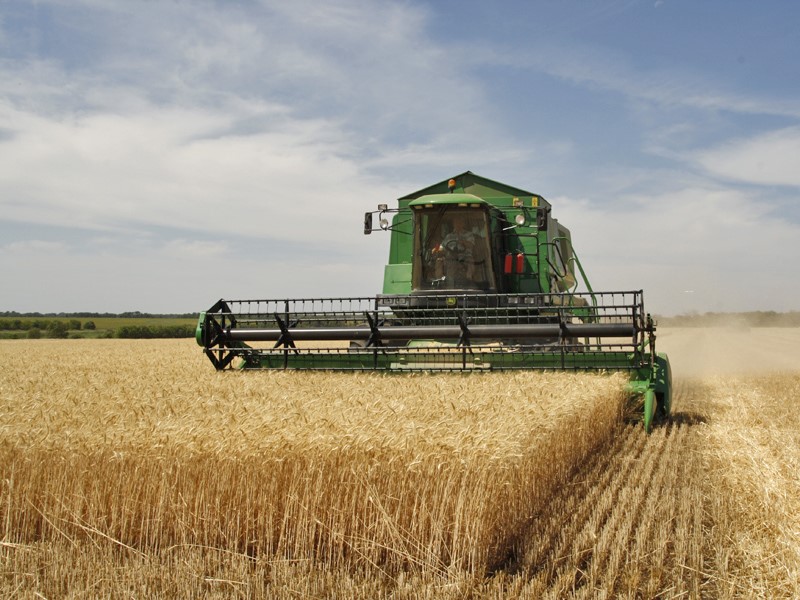
2. Harvesting methods
2.1. Determine the harvest time
- Physiological ripeness and commercial ripeness:
- Each type of agricultural product (fruits, vegetables, grains, etc.) has "physiological ripeness" (fully ripe on the plant) and "commercial ripeness" (meets the standards for harvesting and selling).
- For example, rice is usually harvested when the rice flowers are about 85-90% ripe, the grains turn yellow, and the moisture content is around 20-25%. Fruits can be harvested when they are about 80-90% ripe to avoid bruising during transportation.
- Weather and environmental conditions:
- Harvesting in dry, cool weather, avoiding rain or excessive sunlight, helps reduce the risk of mold or "forced ripening."
- Avoid harvesting during thick fog or damp conditions, as this can cause the agricultural products to absorb water, making them difficult to preserve.
- Harvest season and market prices:
- Some farmers consider harvesting early or late to optimize selling prices. However, this must ensure that quality is not overly affected.
2.2. Manual and mechanical harvesting methods
- Manual harvesting (by hand):
- Suitable for high-value crops that are prone to bruising and require careful selection (e.g., strawberries, tomatoes, fresh fruits).
- Advantages: High accuracy, minimal damage to crops..
- Disadvantages: Labor-intensive, high labor costs.
- Mechanical harvesting (using machines):
- Uses combine harvesters for rice, corn harvesters, potato diggers, etc…
- Advantages: High productivity, time-saving.
- Disadvantages: Can easily bruise crops if the machines are not properly adjusted. High investment costs for machinery.
2.3. Notes on harvesting
- Harvesting tools: It is advisable to use sharp knives, scissors, plastic baskets, and clean plastic trays to reduce mechanical injuries (scratches, bruises).
- Sort immediately in the field/garden: Remove low-quality, damaged, or pest-infested products to prevent spreading to good products.
- Transport to the storage early: Avoid leaving agricultural products piled up outside in the sun or rain for too long, as this can cause heating and mold growth.

3. Methods of drying agricultural products
After harvesting, drying or dehydrating is the stage that reduces moisture so that agricultural products are less susceptible to microbial invasion, extending their storage time. Depending on the type of agricultural product, farmers can apply different methods:
3.1. Natural sun exposure
- Method:
- Spread the agricultural products thinly on a clean tarp or drying rack, placing them in a well-ventilated area with plenty of sunlight.
- Advantages:
- Low cost, utilizing natural sunlight.
- Disadvantages:
- Weather-dependent; heavy rain or high humidity reduces effectiveness.
- Prone to dust, insects, and animals.
3.2. Drying with a drying oven (artificial drying)
- Principle:
- Use fans and heat sources (electricity, fuel) to create a flow of hot air, controlling the evaporation of moisture from agricultural products..
- Common types of dryers:
- Tower dryer: Usually used for rice and corn, with large capacity.
- Static dryer (drying chamber): Suitable for dried fruits, medicinal herbs, and high-value agricultural products.
- Advantages:
- Control over all weather conditions, temperature, humidity, wind speed, etc…
- Short drying time, uniform quality, reduced loss.
- Disadvantages:
- High initial investment costs (machinery, fuel).
- Requires operational skills and regular maintenance.
3.3. Moisture content and notes when drying
- Safe moisture levels:
- Depending on the type of agricultural product, rice and some grains need to have moisture reduced to about 12-14% for long-term storage.
- Peanuts, pepper, cashews, etc., require moisture below 10-12%.
- Drying temperature:
- Usually maintained at 40-60°C (for fruits and agricultural products with high nutritional value) to avoid loss of color and nutrients.
- Heat-resistant agricultural products (such as rice and corn) can be dried at temperatures of 60-70°C.
- Do not dry too much:
- If the moisture level drops too low, some agricultural products (dried fruits) lose their flavor and reduce sensory quality.
- Maintenance of the drying oven:
- Clean the filter system, ducts, and regularly check the thermometer and hygrometer to ensure accurate drying processes.
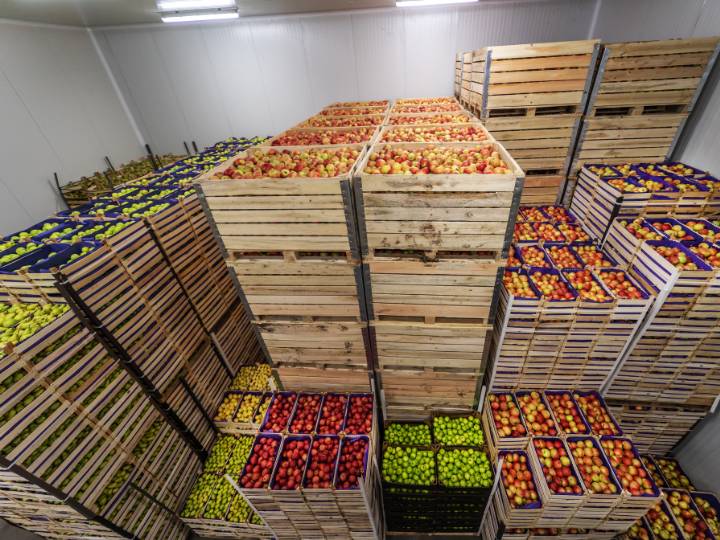
4. Storage and preservation of agricultural products
After agricultural products have been dried (or processed), proper storage will extend their shelf life and maintain quality. Here are some common solutions:
4.1. Store in a cool, dry place.
- Warehouse design:
- The warehouse floor is elevated above ground, with solid walls and a leak-proof ceiling.
- There is a ventilation system, windows, or fans to regulate the air.
- Before receiving goods, the warehouse must be cleaned, disinfected, and pest control measures taken against insects and rodents.
- Shelving or packaging:
- Place agricultural products (sacks, bags) on pallets about 15-20 cm above the floor to avoid moisture..
- Use breathable packaging (woven bags, kraft paper bags) or specialized bags to prevent mold.
- Temperature and humidity control:
- Appropriate temperature: below 25-30°C (depending on the location).
- Environmental humidity: 65-75% is relatively safe for dry seeds..
- Humidity measuring devices or dehumidifying fans can be used if humidity is too high.
4.2. Cool storage, cold storage
- Application:
- Suitable for leafy vegetables, fresh fruits, and fruits that require short-term storage before being brought to market.
- Principle:
- Reduces the temperature to about 0-15°C (depending on the type of agricultural product) to slow down the respiration process and reduce the growth of bacteria and mold.
- Limitations:
- High operating costs (electricity, refrigeration compressors), requires investment in modern equipment.
- Not suitable for small quantities unless there is a fast distribution chain.
4.3. Store in a sealed condition, controlled atmosphere (CA storage)
- Modern technology:
- Reduces oxygen, increases CO2, or adjusts gas ratios to slow down the ripening and respiration processes of agricultural products (especially fruits).
- Advantages:
- Preserves color, flavor, and freshness for a longer time.
- Disadvantages:
- Requires high-tech equipment, mainly applicable to large-scale enterprises.
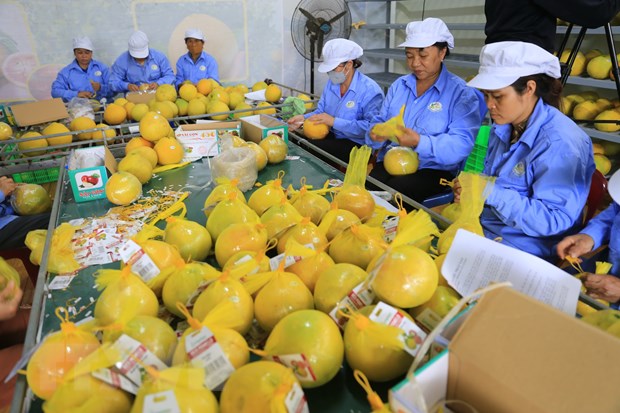
5. Some other notes on storage.
- Classification and careful packaging:
- If agricultural products have uneven sizes, classify them by size, ripeness, and quality to avoid cross-contamination.
- Package them in cardboard boxes, plastic packaging, mesh bags, or woven baskets, depending on the type of product and the transportation distance.
- Periodic inspection:
- During long-term storage, it is necessary to periodically open the warehouse, check the temperature and humidity, and promptly detect insects or signs of mold.
- If damp or damaged goods are found, they should be separated and dealt with (either re-dried or disposed of).
- Disinfection of the warehouse (fumigation) if necessary:
- For long-term storage of grains, rice, and corn, some places apply fumigation with safe (licensed) chemicals to eliminate pests.
- The waiting period before the products can be sold must be observed.
- Monitor the market and consumption plan:
- If the market price is good, it is advisable to sell early to reduce storage costs.
- Keep just enough stock to avoid wasting warehouse space and the risk of prolonged damage.
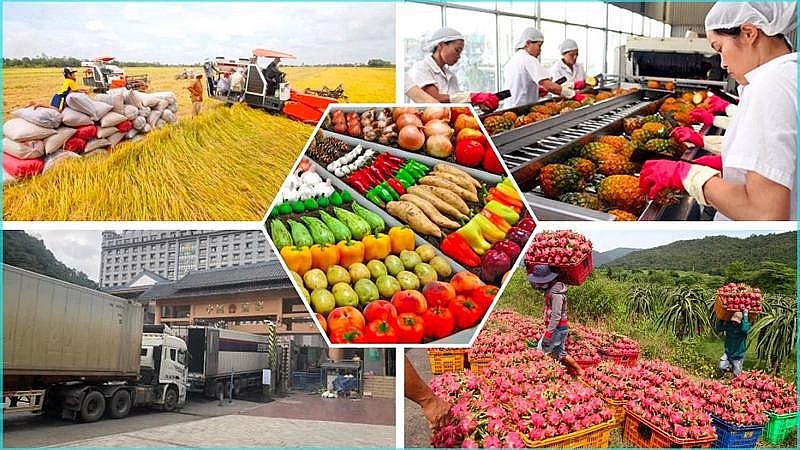
6. Transportation and consumption of agricultural products
The transportation process is also an important stage that affects the loss rate:
- Choose the appropriate transportation: A covered truck, refrigerated vehicle (if needed for fresh fruits and vegetables), arranged neatly to prevent damage to the produce.
- Short transportation time: Optimize the route to minimize temperature, avoiding direct sunlight and heavy rain.
- Expand distribution channels: In addition to wholesale markets and supermarkets, take advantage of online sales (Facebook, Zalo, e-commerce platforms) to quickly deliver products to consumers.
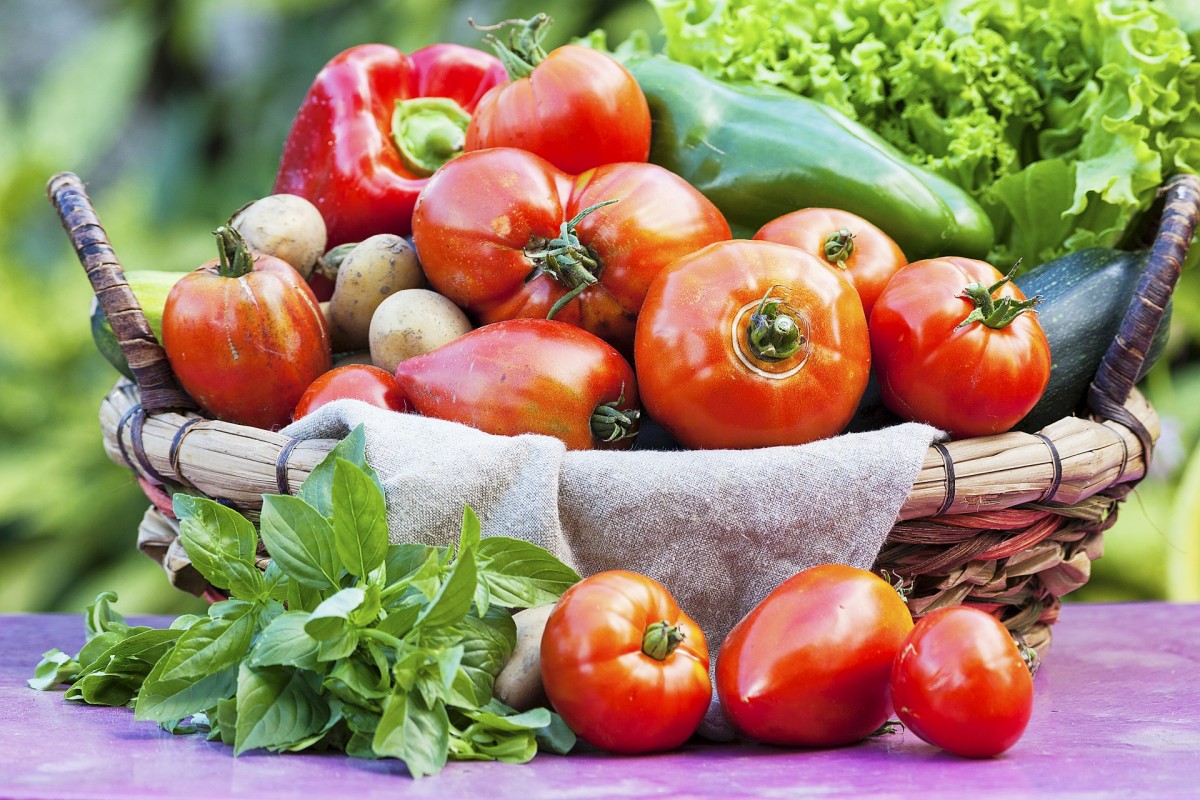
7. Modern and sustainable preservation trends
- . Application of digital technology:
- Use IoT sensors to measure temperature and humidity in storage; automatically control fans and dryers.
- Manage inventory and storage logs through software or mobile apps.
- Organic production and preservation:
- Minimize or eliminate the use of preservatives.
- Optimize natural conditions (well-ventilated storage, solar drying racks, biological antifungal products).
- Developed cold chain:
- For fresh produce, establishing a cold chain from harvesting and processing to delivery to consumers is a trend that helps reduce losses and maintain high quality.
- Environmentally friendly packaging:
- Replace single-use plastic packaging with biodegradable materials, recycled cardboard, etc., to reduce pollution and enhance the value of agricultural brands.
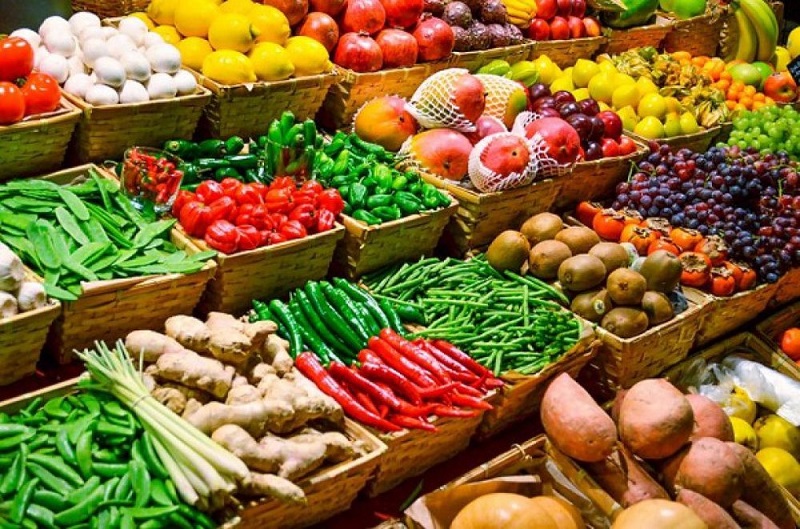
8. Conclusion
The process of harvesting, drying, and storing agricultural products after harvest is an important link that significantly determines the quality and economic value of the products. Farmers need to:
- Harvest at the right time, using appropriate methods (manual or mechanical).
- Drying (sun-drying or using a dryer) to achieve safe moisture levels, avoiding mold.
- Store in a dry, well-ventilated area or a cool/cold storage (if necessary), along with regular inspections and timely disinfection.
- Apply modern technology and techniques to reduce post-harvest losses, improve quality, and increase income.
This is the key to helping farmers optimize profits, build brands, and meet the stringent demands of the modern market. Wishing you success in applying this and reaping many benefits in each season!
Bình luận
Những bình luận mới nhất



